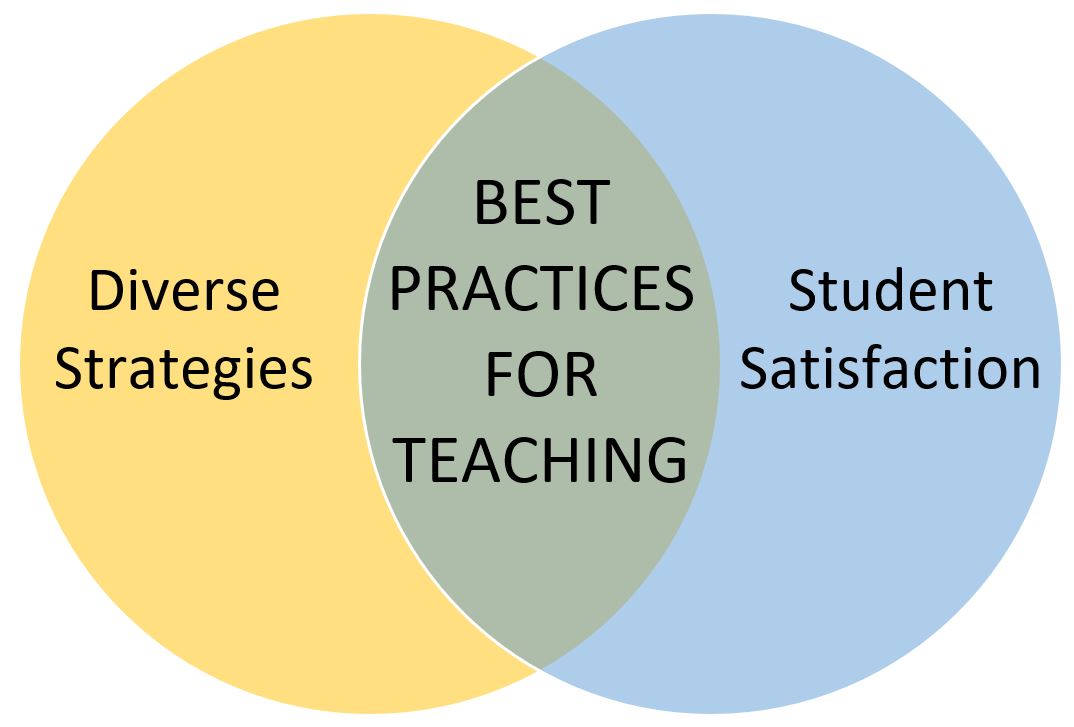5.1 Connecting Best Practices for Teaching
How are best practices and teaching aligned? What are the best or most promising teaching practices? Within education’s modern framework of education, new procedures of best procedures need to be merged with traditional conventions to meet the needs of stakeholders in schools. This will be examined with regard to international students later in this chapter. The best practices in teaching are those diverse strategies that ultimately lead to student satisfaction and achievement. Diverse strategies in teaching are pedagogical concepts that embrace a wide-ranging system for a broad set of individuals with different competencies. Student satisfaction helps to ensure that a broad range of individuals is provided for and engaged in these diverse practices. The goal of these strategies is to attempt to balance diversity and satisfaction for students when embracing the best practices for teaching.

Connecting the best practices means situating cognition through a structural framework and a level of apprenticeship. Brown, Collins, and Duguid indicate that structuring cognition has to structure knowledge outcomes towards a meaning that enhances the personal competency of the student. This is done through a structured practice in teaching, effective assessment, and follow-up with students. In addition, cognitive apprenticeship attempts to bring coaching and embedding authentic teaching practices through authentic activities[1].
In order to structure learning that is in the best interests of students, structuring cognition, cognitive apprenticeship, diverse strategies, and student satisfaction all need to be taken into consideration. These must also be guided by an ethical motive to enhance learning for students and that balance the four different areas.
 There are three considerations for teaching practices that need to be addressed. These include academic support, class preparation, and creating positive learning environments.
There are three considerations for teaching practices that need to be addressed. These include academic support, class preparation, and creating positive learning environments.
- Provide increased contextual information.
- Engage in responsive teaching.
- Use differentiated instruction.
Some ways that teachers can implement best practices are by providing effective strategies on how to learn, perhaps even personal strategies of learning and cognition. In addition, they could have more discussions in class, as opposed to staring at a chalkboard or slideshow. Educators should also make use of debates and collective activities to promote teamwork. By balancing pedagogy, satisfaction, cognition, and apprenticeship, teaching practices will be more effective.

